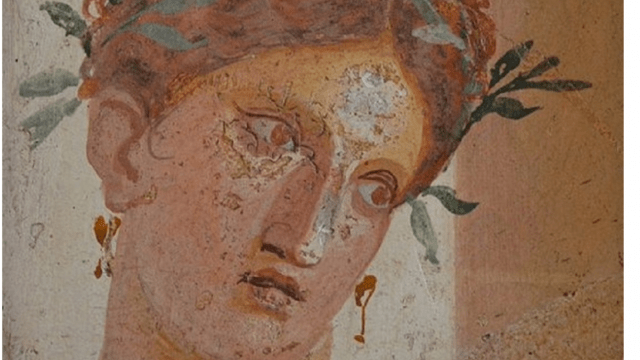
In Euripides’ Hippolytus, the titular character enters on stage singing a hymn to Artemis with his hunting companions. He then proceeds to offer a garland to her statue which he says was woven from a meadow untouched by agriculture, and frequented by bees. This paper will trace the development of a distinctive tradition of reading this Euripidean passage as a trope of both ascetical practice and aesthetic production. Scholia on this passage draw out the link between Hippolytus’ weaving a garland and composing the hymn, suggesting that we should read this passage as an allegory for poetic composition (Hunter 2009). In this paper, I will broaden Hunter’s reading of the scholia with more examples following in this interpretative tradition that connects weaving and bee-gathering with poetic composition. But above and beyond continuity was added the important dimension of asceticism in the Euripidean passage, drawing in particular on Hippolytus’ commitment to chastity and his assertion that the meadows from which he plucks his flowers were “untouched” (ἐξ ἀκηράτου λειμῶνος Eur. Hipp. 73-74). Christian writers connect the production of their written works with correct ascetic purity, turning a hubristic Hippolytus into a Christian monastic. Texts analysed will be Clement of Alexandria’ Stromata, Methodius of Olympus’ Symposium, John Moschus’ Spiritual Meadow and the anonymous byzantine cento, Christus Patiens. By following the reuse of this one passage, we can see how Christians linked together artistic composition with ascetical practice as both part of an ideal Christian life that is only able to flourish once constraints are embraced.
Location
Speakers
- Dr Dawn LaValle Norman (ACU)
Contact
- Estelle Strazdins